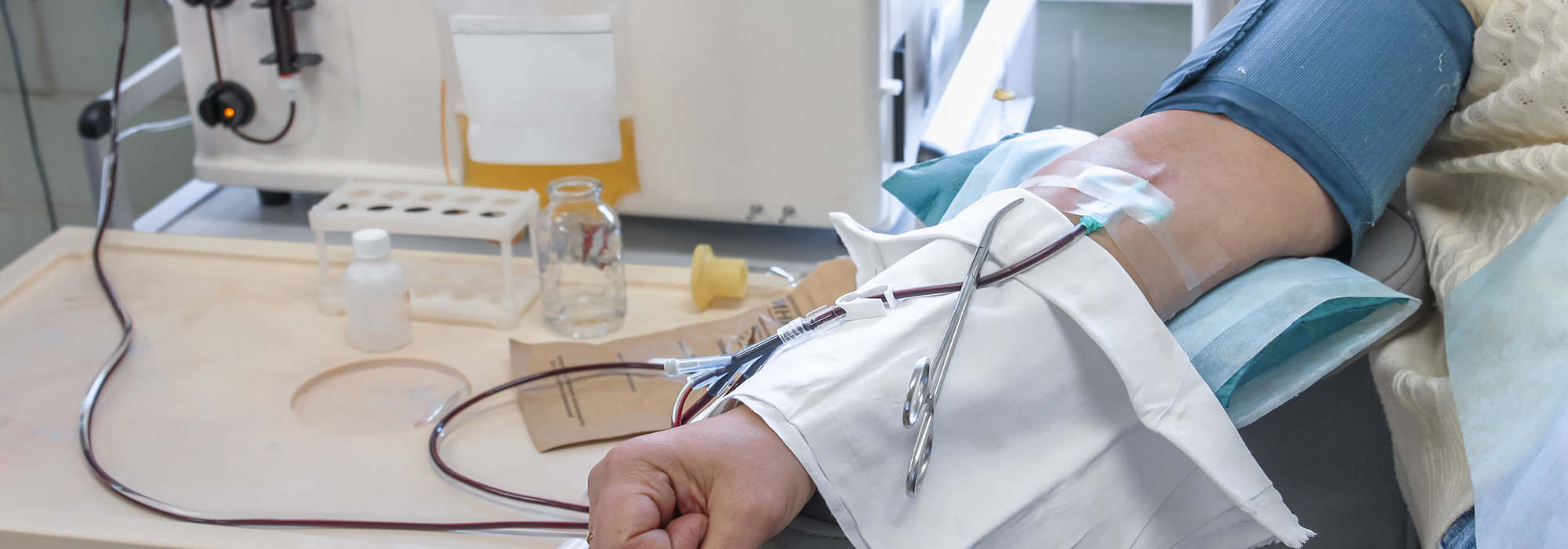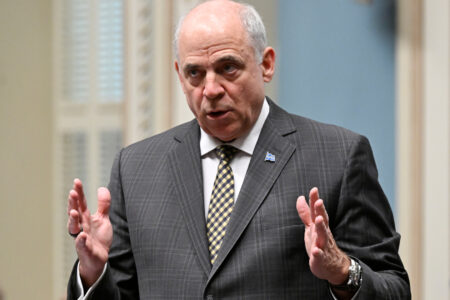
Plasma-protein therapies save lives. Various types of plasma are used to treat bleeding from trauma and genetic bleeding disorders such as hemophilia; to treat several immunodeficiencies and neurological disorders; in cardiac surgery; and to treat burn victims and severe infections, to provide but a few examples. The global demand for plasma has been increasing for several reasons, including population aging, expanded access to health care, and the rise of several hematological and neurological disorders. These pressures have prompted discussions and debates in many countries about how best to ensure a supply of plasma sufficient to guarantee that patients receive those much-needed treatments.
Currently, the demand for plasma-derived products largely outstrips domestic supply in many countries, with only a few countries experiencing a surplus that they export, at a price, to countries with a deficit. Canada is among the plasma importers, especially from the United States. Approximately 83 percent of immunoglobulin used to treat Canadian patients comes from the United States. The largest exporters of plasma, the US and Germany, are countries whose legislation allows the establishment of private plasma collection organizations and the compensation of plasma donors.
Donating plasma is safe, but the process typically takes between one and three hours and generates some temporary pain. Thus it is perhaps not surprising that the greater the reward for providing a product or a service, the greater the motivation to supply those goods or services. Yet, when it comes to the provision of body parts and fluids, for many individuals and some societies, the economic consideration is not the only important element.
There is an ongoing debate in Canada among the government, Canada Blood Services, advocacy groups, and commentators about how to increase the domestic supply of plasma. Last year Health Canada set up the Expert Panel on Immune Globulin Product Supply and Related Impacts in Canada, which is expected to produce a report for the public. As well, Canada Blood Services recently advanced a $1.2 billion proposal to increase the number of public plasma collection centres as a way to increase donations.
The current debate includes the question of whether Canadian plasma donors should be compensated. Currently, compensation is legal in Manitoba and Saskatchewan, whereas other provinces explicitly legislated against paying donors and the establishment of private, for-profit plasma centres. Proponents of compensating plasma donors argue this would increase domestic donations and reduce Canada’s reliance on foreign imports.
The discussion of this question goes beyond purely supply considerations. There are three other important issues. The first is the safety of plasma collected from paid donors. The report of the Krever Commission in the 1990s attributed the problem of tainted plasma in the 1980s partly to the fact that plasma donors in the United States were compensated, and this attracted individuals of lower socio-economic status who were more likely to carry communicable viruses such as hepatitis C and HIV. The second concern is that, rather than increasing the incentive to give plasma, monetary payments may have the opposite effect among individuals who believe donating body parts should be purely altruistic. This is a form of “motivational crowding out.”
Finally, there are ethical concerns: paying plasma donors may result in exploitation of the poor, with the possibility of financial pressure or coercion. As well, there are those who believe that paying plasma donors violates human dignity, and that the human body or its parts should not be “priced.” If these issues become important and it is seen as a moral question, then society may decide to ban the compensation of plasma donors, despite its potential in increasing the supply, in name of higher principles.
As an indication of a healthy civil discourse, it is important that the debate touches upon these concerns. However, it is not clear to what extent the authorities and relevant organizations are considering the existing evidence in informing their opinions and influencing the public.
Consider, for example, the worries about the safety of plasma coming from paid donors. As mentioned above, most of the plasma currently used in Canada comes from US-based paid donors. The organizations responsible for its distribution in Canada state that this plasma is subject to severe and thorough controls, and that it has proven as safe as domestic plasma over the last 20 years. Given this evidence, one wonders why the issue of safety is still so prominent in the debate in Canada, and whether public authorities should do more to dispel the misconception that paid plasma is unsafe.
Regarding the motivational crowding-out as well as the ethical concerns, research we and our coauthors have done can provide some insights.
First, although there is no direct evidence that paying plasma donors has a motivating effect, our research does show that compensating blood donors enhances the supply of blood and is cost-effective.
Second, regarding support for the notion of paying blood donors, we recently conducted a survey of a representative sample of Canadians to determine attitudes toward legalizing it. If people did believe payment was violating broadly shared moral principles, we would expect the support to be low in the population. Yet, we found no evidence of widespread opposition to paying plasma donors; in fact, over 70 percent of the respondents were in favour of it. Those who opposed it cited moral concerns as the main reason, confirming that this is an important consideration. However, even among those who opposed payment, roughly half said they would reconsider if the domestic supply together with imports was not able to meet the domestic demand. This would indicate that guaranteeing a supply of plasma sufficient to cover patients’ needs is a paramount concern for the vast majority of Canadians.
Many political decisions are thorny because they involve conflicts among societal and moral values and the interests that policy-makers have to resolve. Allowing or prohibiting compensation for plasma donors is one of these tricky political decisions. But in this debate on how to increase the domestic supply of plasma, as in the conversations over many challenging social and political issues, it is important to consider the evidence.
Photo: Shutterstock, by PJR-Photography.
Do you have something to say about the article you just read? Be part of the Policy Options discussion, and send in your own submission. Here is a link on how to do it. | Souhaitez-vous réagir à cet article ? Joignez-vous aux débats d’Options politiques et soumettez-nous votre texte en suivant ces directives.










